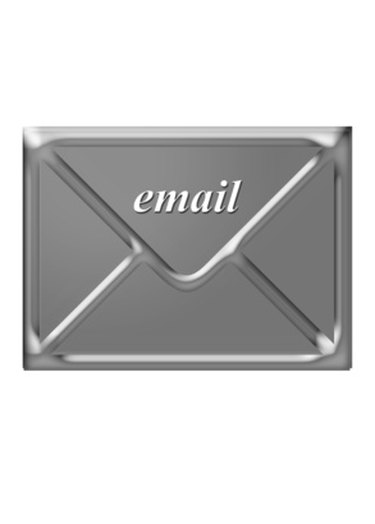
Your HyperText Markup Language (HTML) Web page contains the layout that you prefer. Consider recreating this display in an email message to promote a more custom and professional appearance. It's often confusing when trying to determine how to accomplish this task, fortunately, HTML workarounds are available. Using the text editor application that comes with your computer and your email program, convert an existing HTML document to an email message that your recipients can successfully view.
Step 1
Launch your text editor application and open your HTML page. Additionally, create a new HTML file.
Video of the Day
Step 2
Make sure your HTML page contains absolute URLs, which are the full Web addresses. For example, "folder_name/image.jpg" cannot show up in email, but "http://www.yourdomain.com/folder_name/image.jpg" can.
Step 3
Enter the code in the new file that creates a table. Create a basic one row, one column layout as follows:
A table acts as the container for your HTML page content so that it is successfully viewed in an email message.
Step 4
Copy the content from your existing HTML page and paste this in between the "
Step 5
Insert any inline styles to format the content, as you prefer. Inline styles replace existing Cascading Style Sheets (CSS) because they are the most likely to be displayed (rendered) correctly in an email program. For instance, assign the font size, color and type to a paragraph as follows:
Your paragraph text here
Step 6
Save your file and place this document on your Web host. If you do not have a host, use a free service like FileFactory or MediaFire and make a note of the URL address after you finish uploading your file (see Resources).
Step 7
Create a new email message. Use the "Insert" menu in most programs to insert the HTML file into the email body. Otherwise, for Mac OS X Mail, type the URL address from Step 4 in your Safari Web browser and press the "Command" and "I" buttons on your keyboard to automatically load the HTML in the message.
Video of the Day